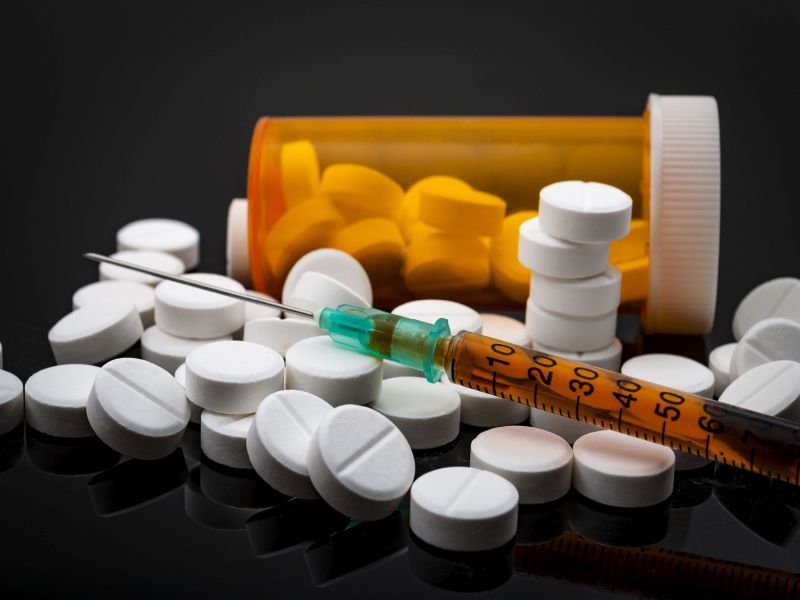WEDNESDAY, Feb. 3, 2020 (HealthDay News) — Philadelphia is seeing a surge in overdose fatalities involving heroin and/or fentanyl plus an animal tranquilizer not approved for human use, according to a new study.
The tranquilizer — called xylazine — is a non-opioid sedative and painkiller approved by the U.S. Food and Drug Administration solely as a veterinary drug. In Philadelphia, it goes by the street name “tranq.”
Tranq was a factor in nearly a third of the city’s heroin/fentanyl deaths in 2019 — up significantly from 2010-2015, when it factored in just 2%, researchers said. That quickly shot up to roughly 10% in 2016 and to 18% in 2018.
Though neighboring states have found tranq in illegal drug supplies, it’s not clear whether what’s happening in Philadelphia is part of a nationwide trend.
“Xylazine was first discovered in 1962 in Germany, but there isn’t a clear indication of when ‘tranq’ first appeared in the illicit drug market in Philadelphia,” said lead author Jewell Johnson, an epidemiologist with the Philadelphia Department of Public Health. Johnson noted that tranq has been part of the illegal opioid scene in Puerto Rico since the early 2000s.
Its rise in Philadelphia owes to its apparent ability to enhance the potency and duration of a fentanyl high. That has practical implications, because fentanyl has largely surpassed heroin as the city’s illegal opioid of choice.
While heroin’s effect appears to last longer than fentanyl’s, Johnson said focus groups have revealed that adding tranq to fentanyl “makes you feel like you’re doing heroin in the old days, before it was replaced by fentanyl.”
As explanations go, that rationale made sense to Pat Aussem, an associate vice president of consumer clinical content development with the Partnership to End Addiction in New York City.
“There appears to be some demand for the combination of an opioid like fentanyl with xylazine for its stronger ‘high’ or sedating effects at bedtime, with the belief that it will last through the night,” said Aussem, who wasn’t part of the study.
But mixing tranq with opioids heightens risk, she said, because it depresses blood pressure as well as the central nervous system. That slows a user’s breathing and heart rate. The result is “a high risk of overdose and fatality,” Aussem said.
In the Feb. 2 issue of the journal Injury Prevention, Johnson and colleagues report on their findings. They stem from an analysis of toxicology reports on opioid deaths handled by the Philadelphia medical examiner between 2010 and 2019.
In 2019, men accounted for roughly three-quarters of deaths in the city involving tranq, the study found. Nearly half were between 35 and 54 years of age. Most of those victims were white men.
Johnson said researchers didn’t know whether victims bought fentanyl that was already laced with tranq or if they added it themselves.
“The Philadelphia example may not be reflective of the whole country,” Johnson noted, “but neighboring states such as Ohio and Maryland have [also] reported xylazine detections.”
As such, Johnson suggested states consider adding xylazine to their routine toxicology testing.
Figuring out where drug additives are being used can be tricky. But Aussem said “cutting” opioids with other substances is not unusual, given an ever-present goal to increase supply, cut costs and enhance highs.
“A multi-pronged approach is needed to address the problem,” she said. That includes increasing awareness about additives and their harmful effects — both for users and for health care workers who treat them.
More information
Learn more about the xylazine alert at NPS Discovery.
SOURCES: Jewell Johnson, MPH, substance use epidemiologist, Philadelphia Department of Public Health; Pat Aussem, LPC, MAC, associate vice president, consumer clinical content development, Partnership to End Addiction, New York City; Injury Prevention, February 2021
Copyright © 2025 HealthDay. All rights reserved.

